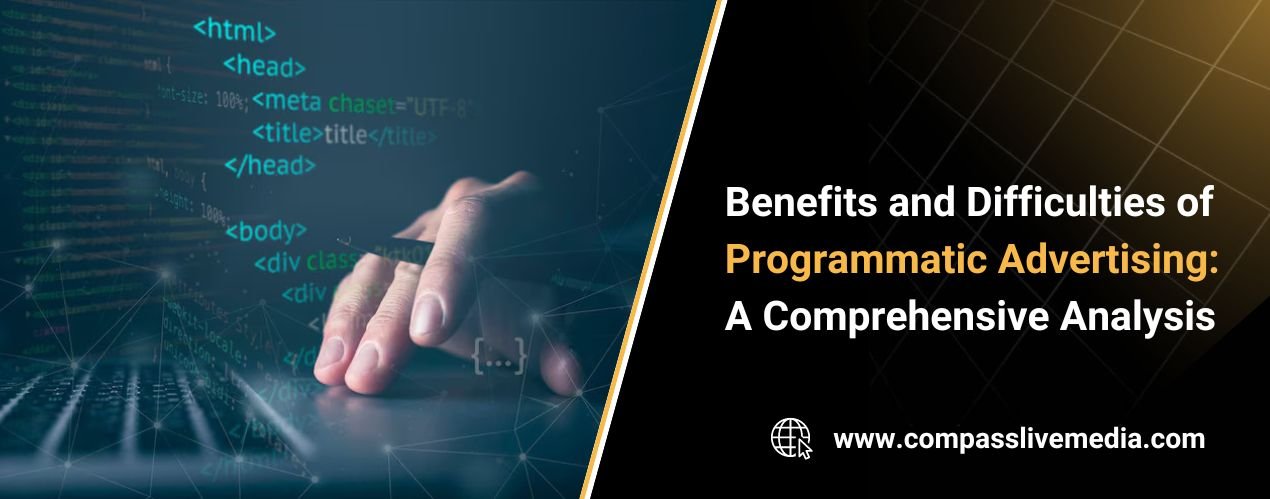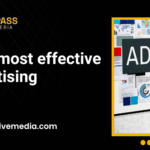What is Programmatic Advertising?
Programmatic buying means that ads are bought and sold in an automated manner based on the spaces available to sell online. Being an integrated solution that employs algorithmic trading and real-time bidding (RTB) technology. Whereas it helps deliver ads to the audience with exceptional accuracy. But programmatic advertising also differs from conventional ways of advertising through its ability to integrate the placement process and minimize human-connected mistakes. It depends on data and machine learning to make personalized ads possible and allow for their modification. According to the actions and interests of users.
Types of Programmatic Advertising
Real-Time Bidding (RTB): This is probably the most common type of programmatic advertising where ad inventory is purchased, or rather bid through, in real-time auctions.
Private Marketplaces (PMP): These are closed RTB deals for specific invitees that are allowed to bid.
Preferred Deals: Ad inventory is switched at a given price to specific advertisers before the market sells to any interested party.
Programmatic Direct: This is done directly with the media owners, wherein the ads are placed. Accordingly without going through auctions and possibly involving a known price and number of ad views to be delivered.
How does Programmatic Advertising work?
Programmatic advertising functions through a complex ecosystem involving several key players:
Advertisers: businesses that have some products or services to offer to the public.
Publishers: advertisers, or direct companies owning websites or applications where advertisements’ places are to be auctioned.
Ad Exchanges: Markets for advertising, namely those in which individuals can buy or sell advertisement space.
Demand-Side Platforms (DSP): Advertising inventory that can be bought by the advertisers or the spaces where advertisements are displayed.
Supply-side platforms: Products employed by publishers to manage and optimize their advertisement spaces.
7 Benefits of Programmatic Advertising
Performance and Automation: Cutting out much of the work done manually makes the process much faster and more convenient. It frees up time and resources for programmatic advertisers to concentrate on strategy and creative inputs.
Enhanced Targeting: Programmatic advertising leverages information to create categories of audiences. That can be targeted based on demography, preference, past behavior, and geographical location, among other factors.
Real-Time Insights: By using this approach, advertisers will be in a position to monitor the performance of their campaigns in real time. Thereby enabling greater flexibility in making changes and enhancing campaign effectiveness.
Cost-Advantages: Through the real-time bid system, an advertiser can therefore effectively keep the cost down. However, improving the return on investment.
Scalability: Programmatic ads are highly automated and make it easy to scale across many platforms and channels at a fast pace.
Improved Reach: Having a pool of different inventory across several publishers guarantees a larger number of people to target.
Personalization: Dynamic ad creativity in particular guarantees that advertisements are targeted at the particular preferences and actions of the users.
Programmatic Advertising: Pros and Cons
Pros
Buying: It ends much work that might otherwise be required by human hands through manual work on ad purchasing.
Precision: Well-developed targeting features provide a more efficient opportunity to deliver the ads to the relevant people.
Transparency: High reporting lets the management view and analyze ad performances and the amount that is spent on them.
Flexibility: Use in real-time means that the campaigns can be made dynamic and can adapt to new changes quickly.
Cons
Advertising: It is noteworthy that programmatic advertising and messaging development are primarily technical in nature then which may be daunting for novices.
Ad Fraud: Thus, one can note that it is an automated form, which can also be prone to fraud.
Privacy Concerns: Employing user data gives the impression of privacy and security or is a violation of the user’s privacy and data.
Cost: Its potential gain on the expense side might be offset by the high costs of setting up and initial operations.
Programmatic Advertising Trends in 2024
Increased Use of AI and Machine Learning: In terms of efficacy, complexity, targeting, and campaigns, social media engagement will be advanced through sophisticated algorithms.
Expansion of Connected TV: Programmatic will penetrate deeper into the CTV market. Therefore offer advertisers new ways to advertise and promote their brands.
Growth: Native Advertising is a significant trend that is associated with such forms of marketing as advertorials.
Greater Focus on First-Party Data: First-party cookies shall replace third-party cookies for targeting and personalization since they cannot be tracked anymore.
Ad Fraud Prevention: Then Increased effort and innovation will be put into curbing the production of ads.
Integration with IR Website Providers: Better integration of organizations’ IR websites will reduce some of the hassles of managing corporate communication and advertisements.
Effective Programmatic Advertising Strategies
Leverage Data Analytics: Even with social media targeting, it is recommended to leverage other sources of information. Moreover to enhance the targeting and performance of the campaign.
Dynamic Creative Optimization (DCO): Use the ‘ad-personalization’ approach by adapting the presented advertisements to better match the interests and actions of a given user.
Employ cross-device targeting: Communicate clearly and concisely so that the audience will remain engaged. Because attempting to proceed as desired uses multiple devices as well.
Focus on high-quality ad inventory: Always work with credible publishers so as not to frustrate users with irritating ads right during their legitimate reading.
Adopt a mobile-first approach: In light of the mobile-specific audience, which is more than 60% of the total accessing content through mobile devices, but mobile ads should be strategically placed.
Collaborate: A Programmatic Advertising agency partners with agents and related organizations to benefit from their knowledge and resources.
Continuous Testing and Optimization: Promptly experiment with various aspects of your publicity campaigns. Make changes based on the received statistics.
Conclusion
Programmatic advertising has its benefits in the form of automation. A narrow focus on the audience, and the ability to analyze the campaign as it is ongoing. But it raises concerns, too, known as challenges such as complexity and privacy. Finally, programmatic media advertising is not without its set of issues; hence, to overcome such barriers and fully harness the benefits, one has to be in tune with trends and strategies in its use. This can only be achieved by working with programmatic advertising veterans and connecting with IR website providers to increase. But the programmatic advertising of businesses and attain the best results in advertising.
FAQS
1. What problems exist with programmatic advertising?
Programmatic advertising employs advanced algorithms to conduct real-time auctions for ad placements, utilizing user data like age, browsing habits, and past purchases, raising concerns about consumer privacy.
2. How does programmatic advertising work?
Programmatic advertising automates media buying and digital ad creation using marketing technology, ensuring an effective strategy by using an automated process to provide ads to the audience.
3. How beneficial is programmatic advertising?
Programmatic advertising offers precise, accurate targeting of specific audiences, surpassing traditional media technologies in audience targeting.




